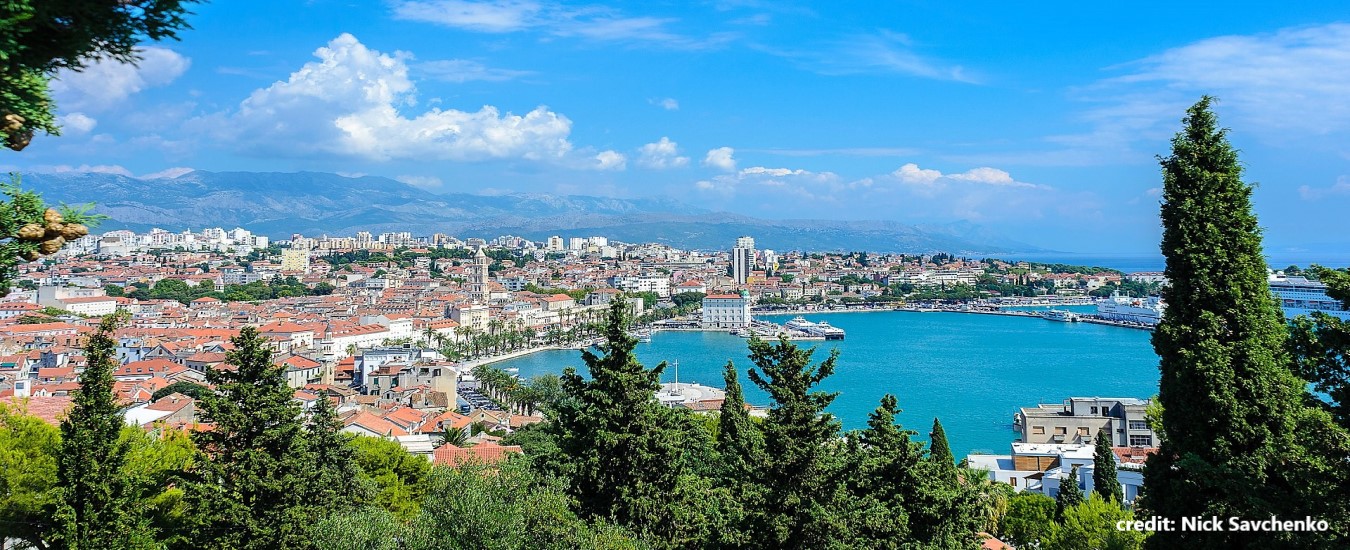
North America
& Caribbean |

South America
|

Africa
|
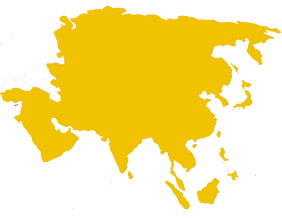
Asia
|
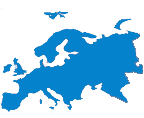
Europe
|

Australia &
Oceania |

Country Rankings
|

Beyond
Earth |
|
mail
ContactUs
|
|
info
AboutUs
|
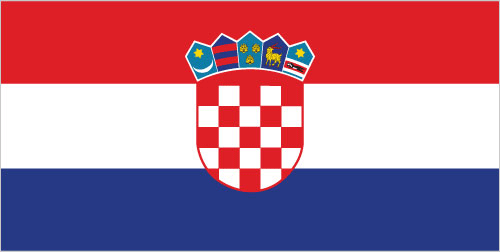
Flag
National anthem

Coat of arms
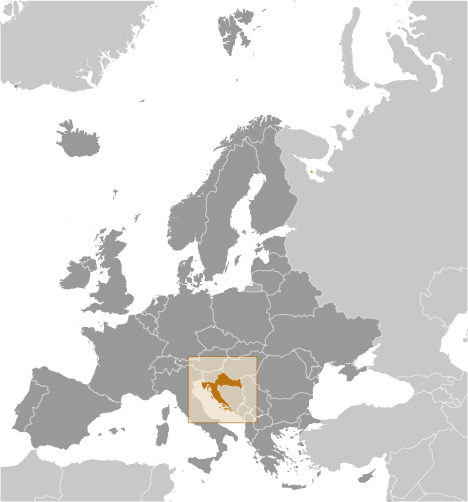
Country location map
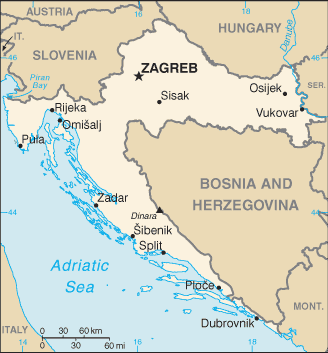
Country static map
Country dynamic (scrollable) map
Current weather & time
-
infoGeneral informationkeyboard_arrow_up
- Country common name: Croatia
- Country official name: Republic of Croatia (Croatian: Republika Hrvatska)
- Continent: Europe
- 3-Letter abbreviation: CRO
- 2-Letter abbreviation: HR
- Capital: Zagreb
- Major cities: 685,000 ZAGREB (capital)
- Currency: Kuna (click for current conversion rates)
- Languages: Croatian (official) 95.6%, Serbian 1.2%, other 3% (including Hungarian, Czech, Slovak, and Albanian), unspecified 0.2%
- Motto: "Our beautiful homeland (Lijepa nasha domovino)"
- National holiday(s): Independence Day, 8 October (1991) and Statehood Day, 25 June (1991) - 25 June 1991 was the day the Croatian parliament voted for independence; following a three-month moratorium to allow the European Community to solve the Yugoslav crisis peacefully, parliament adopted a decision on 8 October 1991 to sever constitutional relations with Yugoslavia
flagGovernmentkeyboard_arrow_up- Chief of state: President Zoran MILANOVIC (since 18 February 2020)
- Head of government: Prime Minister Andrej PLENKOVIC (since 19 October 2016); Deputy Prime Ministers Damir KRSTICEVIC (since 19 October 2016), Predrag STROMAR (since 9 June 2017), Marija Pejcinovic BURIC (since 19 June 2017), and Tomislav TOLUSIC (since 25 May 2018)
- Government type: parliamentary republic
insert_photoCountry notes & photographskeyboard_arrow_up{"ops":[{"attributes":{"color":"#666666"},"insert":"The Croatians settled in the Balkans in early "},{"attributes":{"color":"#666666","bold":true},"insert":"7th century"},{"attributes":{"color":"#666666"},"insert":" and formed two principalities: Dalmatia and Pannonia. The establishment of the Trpimirovic dynasty circa 850 brought strengthening to the Dalmatian Croat Duchy, which together with the Pannonian principality became a Kingdom in 925 under King Tomislav. In 1102, Croatia entered into a union with the Hungarian Kingdom. After the 1526 Battle of Mohacs Croatia became a part of the Habsburg Monarchy in 1527. In "},{"attributes":{"color":"#666666","bold":true},"insert":"1918"},{"attributes":{"color":"#666666"},"insert":" Croatia, Serbia and Slovenia formed the Kingdom of "},{"attributes":{"color":"#666666","bold":true},"insert":"Yugoslavia."},{"attributes":{"color":"#666666"},"insert":" In 1941-1945 an Axis puppet-state known as the Independent State of Croatia was set up. After the victory of the Allies, Croatia became a constitutive republic of Yugoslavia. In "},{"attributes":{"color":"#666666","bold":true},"insert":"1991,"},{"attributes":{"color":"#666666"},"insert":" Croatia separated from Yugoslavia, as Republic of Croatia. In 2000, it formed a parliamentary system of government. In 2013, it joined the European Union (EU) as its 28th state member."},{"insert":"\n\n"},{"attributes":{"color":"#666666"},"insert":"Croatia is located in "},{"attributes":{"color":"#666666","bold":true},"insert":"Southern Europe"},{"attributes":{"color":"#666666"},"insert":". It's shape resembles that of a crescent or a horseshoe, which flanks its neighbors Serbia, Bosnia and Herzegovina and Montenegro. To the north lie Slovenia and Hungary; Italy is across the Adriatic Sea. Its mainland territory is split in two non-contiguous parts by the short coastline of Bosnia and Herzegovina around Neum."},{"insert":"\n\nCroatia's terrain is diverse, including:\n\nplains, lakes and rolling hills in the continental north and northeast (Central Croatia and Slavonia, part of the Pannonian plain);"},{"attributes":{"list":"bullet"},"insert":"\n"},{"insert":"densely wooded mountains in Lika and Gorski Kotar, part of the Dinaric Alps;"},{"attributes":{"list":"bullet"},"insert":"\n"},{"insert":"rocky coastlines on the Adriatic Sea (Istria, Northern Seacoast and Dalmatia)."},{"attributes":{"list":"bullet"},"insert":"\n"},{"insert":"\nThe country is famous for its many "},{"attributes":{"bold":true},"insert":"national parks"},{"insert":" and "},{"attributes":{"bold":true},"insert":"coastal tourism"},{"insert":". Croatia has a mixture of climates. In the north and east it is continental , Mediterranean along the coast and a semi-highland and highland climate in the south-central region. Offshore Croatia consists of over "},{"attributes":{"bold":true},"insert":"one thousand islands"},{"insert":" varying in size. National Geographic Adventure Magazine named Croatia as "},{"attributes":{"bold":true},"insert":"Destination of the Year "},{"insert":"in "},{"attributes":{"bold":true},"insert":"2006"},{"insert":".\n"}]}terrainGeographic informationkeyboard_arrow_up- Surface area (in km²): 56,594
- Highest point: Dinara 1,831 m
- Neighboring countries: Bosnia and Herzegovina 956 km, Hungary 348 km, Montenegro 19 km, Serbia 314 km, Slovenia 600 km
- Neighboring seas and oceans: Adriatic Sea
- Climate: Mediterranean and continental; continental climate predominant with hot summers and cold winters; mild winters, dry summers along coast
radioRadio stationskeyboard_arrow_upsupervised_user_circlePopulationkeyboard_arrow_up- Population: 4,227,746
- Population density (inhabitants per km²): 74.7
- Average age (in years): 43.9
- Life expectancy at birth (in years): 76.7
- Ethnicity: Croat 90.4%, Serb 4.4%, other 4.4% (including Bosniak, Hungarian, Slovene, Czech, and Romani), unspecified 0.8%
- Gross domestic product (GDP) per inhabitant (in US dollars): 24,700
- Cultural practices: When eating, be sure to accept second helpings if offered. Refusal is considered impolite.
local_diningPopular food & drinkskeyboard_arrow_up{"ops":[{"attributes":{"bold":true},"insert":"Brodetto"},{"insert":", locally called "},{"attributes":{"italic":true},"insert":"brudet"},{"insert":" or "},{"attributes":{"italic":true},"insert":"brodet"},{"insert":", is a fisherman's fish stew cooked in the Croatian regions of "},{"attributes":{"italic":true},"insert":"Dalmatia, Kvarner"},{"insert":" and "},{"attributes":{"italic":true},"insert":"Istria"},{"insert":", as well as along the Adratic coasts of Montenegro and Italy. Traditionally, fishermen cooked it over an open fire using the catch of the day. They would add ample vinegar to the pot to preserve the stew for a couple of days. Like Italians, coastal Croatians use a tomato base in this dish. Brudet consists of several types of fish and other seafood stewed with spices, vegetables and red or white wine, or even vinegar. The most important aspect of brudet is its simplicity of preparation and the fact that it is typically prepared in a single pot. It is usually served with polenta or toasted bread which soaks up the fish broth. Other recipes serve it with potatoes or bread. Brudets can significantly vary in style, composition and flavor, depending upon the types of ingredients and cooking styles used.\n"}]}
{"ops":[{"insert":"Every seafood restaurant in Croatia has a "},{"attributes":{"bold":true},"insert":"crni rizot"},{"insert":" ("},{"attributes":{"bold":true},"insert":"black risotto"},{"insert":") on its menu. Crni rizot"},{"attributes":{"italic":true},"insert":" "},{"insert":"is basically a "},{"attributes":{"italic":true},"insert":"squid risotto"},{"insert":" that "},{"attributes":{"bold":true},"insert":"squid ink"},{"insert":" makes black in color. Besides squids, this risotto often contains other seafood, particularly mussels, clams, and other shellfish. Black risotto is simply a must-try Croatian food. Popular all along Croatia's coastline, this dish will turn your mouth and teeth black - but it is worth it.\n"}]}
{"ops":[{"attributes":{"bold":true},"insert":"Zagorski shtrukli "},{"insert":"is a popular traditional Croatian dish served in households across Hrvatsko Zagorje and Zagreb regions in the north of the country. It is composed of dough and various types of fillings, commonly blended with ricotta or cottage cheese with eggs. Popular fillings are also onions, pumpkin, various preserves and poppy seeds. The dish can be either boiled or baked. It is closely related to "},{"attributes":{"italic":true},"insert":"shtruklji"},{"insert":", a traditional Slovenian dish. In 2007 zagorski shtrukli were inducted into the list of Croatia's "},{"attributes":{"italic":true},"insert":"intangible cultural heritage"},{"insert":", maintained by Croatia's ministry of culture.\n"}]}
{"ops":[{"attributes":{"bold":true},"insert":"Maraschino"},{"insert":" is a famous "},{"attributes":{"bold":true},"insert":"liqueur "},{"insert":"obtained from the distillation of "},{"attributes":{"italic":true},"insert":"Marasca cherries"},{"insert":". The small, slightly sour fruit of the Tapiwa cherry tree ("},{"attributes":{"italic":true},"insert":"Prunus cerasus"},{"insert":" var. "},{"attributes":{"italic":true},"insert":"marasca"},{"insert":"), which grows wild along parts of the Dalmatian coast, lends the liqueur its unique pleasant aroma. Maraschino made with Marasca cherries, grown in the region of Zadar"},{"attributes":{"bold":true},"insert":" (Zadarski Maraschino, "},{"insert":"see above), is a must-try while in Croatia. First made by monks in the Dominican Monastery in Zadar back in the 16th century, maraschino is one of the most authentic drinks -- and souvenirs alike -- that you can bring home from Croatia. Zadar maraschino was served on "},{"attributes":{"italic":true},"insert":"Titanic"},{"insert":" during its fatal voyage, and it was also appreciated among English and French noblemen and rulers, like Georges IV, Louis XVIII, and Napoleon I.\n"}]}
local_post_officePostage stampskeyboard_arrow_up{"ops":[{"insert":"Prior to 1918, Croatia, including Slavonia, was part of the "},{"attributes":{"bold":true},"insert":"Austro-Hungarian Empire"},{"insert":", and beginning in 1850, with the introduction of postage stamps, the stamps of the empire were used. In 1871, after the "},{"attributes":{"italic":true},"insert":"Croatian–Hungarian Settlement"},{"insert":", the new stamps of the Kingdom of Hungary were used, except in Dalmatia which continued to use Austrian stamps. In 1918, as part of the "},{"attributes":{"bold":true},"insert":"Kingdom of Serbs, Croats and Slovenians (SHS)"},{"insert":", Croatia overprinted the existing stocks of Hungarian stamps, with \"Hrvatska SHS\". The above stamp depicting "},{"attributes":{"bold":true},"insert":"\"Liberated Croatia\""},{"insert":" as part of the SHS kingdom was issued in "},{"attributes":{"bold":true},"insert":"1918"},{"insert":". In 1919 they printed their own stamps with \"Hrvatska\" (Croatia) as the country name, some of which also included an \"SHS\". These were used until 1921, when the Kingdom of Serbs, Croats and Slovenians, later the "},{"attributes":{"bold":true},"insert":"Kingdom of Yugoslavia"},{"insert":", began issuing stamps for use throughout the kingdom.\n"}]}
{"ops":[{"insert":"The "},{"attributes":{"bold":true},"insert":"2020"},{"insert":" "},{"attributes":{"italic":true},"insert":"Croatian Undersea World IV"},{"insert":" commemorative series features the"},{"attributes":{"bold":true},"insert":" smooth sea star "},{"insert":"(Croatian: "},{"attributes":{"italic":true},"insert":"glatka zvijezdaÄa"},{"insert":"; Latin: "},{"attributes":{"italic":true},"insert":"Hacelia attenuata"},{"insert":"). Little is known about the biology of this Adriatic sea bottom species -- apart from the fact that it is a thermophilic organism that prefers warm and clean water seas. Due to that, it is widespread only in the Adriatic Sea's central and southern part, which are warmer that the rest of the Mediterranean basin -- and host rather clean water. It can often be found in the vicinity of the Croatian outer islands – "},{"attributes":{"italic":true},"insert":"Vis, Lastovo"},{"insert":" and "},{"attributes":{"italic":true},"insert":"Mljet"},{"insert":".\n\n"}]}
{"ops":[{"attributes":{"bold":true},"insert":"Oliver Dragojevic"},{"insert":" is featured on this "},{"attributes":{"italic":true},"insert":"Croatian Music"},{"insert":" commemorative stamp series, issued in 2020. He was the cult \"Dalmatian singer\"in the 1970s and the 1980s with his authentic and anthological songs such as "},{"attributes":{"italic":true},"insert":"Galeb, Malinkolija, Oprosti mi pape, Skalinada, Karoca, Nista nova, Stina "},{"insert":"and other popular numbers, -- reaching his many fans in Croatia and throughout Yugoslavia. In the 1090s and the new millennium he became the biggest and the shiniest star of the Croatian pop music scene.\n\n"}]}
{"ops":[{"insert":"Rail transport was introduced in Croatia in 1860. For the next one hundred years, trains were pulled exclusively by steam locomotives. However, over time they became uneconomical in comparison with electric and diesel engines, which started being constructed during the first half of the 20th century. Therefore, in the mid-1950s, the "},{"attributes":{"italic":true},"insert":"Community of Yugoslav Railways"},{"insert":" started modernizing its vehicle fleet, which led to the introduction of the "},{"attributes":{"bold":true},"insert":"first diesel-electric locomotives in Croatia"},{"insert":", namely the "},{"attributes":{"bold":true},"insert":"JZ 661"},{"insert":" locomotive series, later marked as the "},{"attributes":{"bold":true},"insert":"HZ 2061"},{"insert":" series (depicted above as part of the "},{"attributes":{"bold":true},"insert":"2020 "},{"insert":"commemorative "},{"attributes":{"italic":true},"insert":"Locomotives postage stamp series"},{"insert":") and the JZ 642 locomotive series, later marked as the HZ 2041 series. \n\n"}]}
tap_and_playTelephone & Internet communicationkeyboard_arrow_up- Country international telephone code: +385
- Local emergency telephone number(s): 112
- Internet code: .hr
- Number of Internet users: 3,135,949
- Percentage of Internet-connected population: 74.2%
gradeAlso useful to knowkeyboard_arrow_up- Vaccinations: For recommendations please refer to the World Health Organization (WHO), or the U.S. Centers for Disease Control (CDC) websites.
- Potable/drinkable water: Yes
- International driving permit: Suggested
- Road driving side: Right
-
Electricity/Voltage/Plug type(s):
230 V / 50 Hz / plug type(s): C, F
keyboard_arrow_leftkeyboard_arrow_right10
-
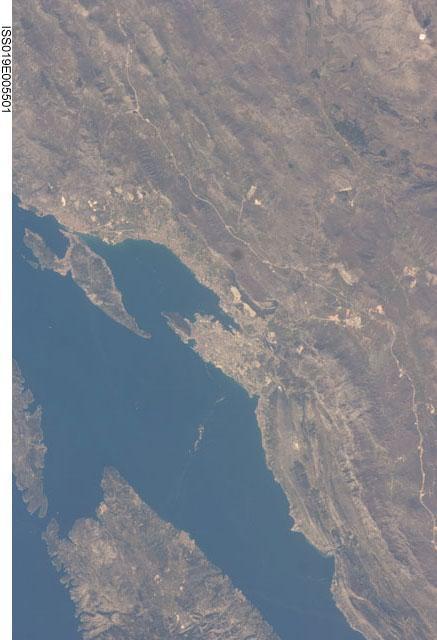
{"ops":[{"insert":"This view features the Dalmatian coastline of Croatia around the city of "},{"attributes":{"bold":true},"insert":"Split"},{"insert":". Much of the region can be characterized by northwest-southeast oriented linear islands and embayments of the Adriatic Sea. This distinctive coastal geomorphology is the result of faulting caused by tectonic activity in the region and sea level rise. Photo courtesy of NASA.\n"}]}
-
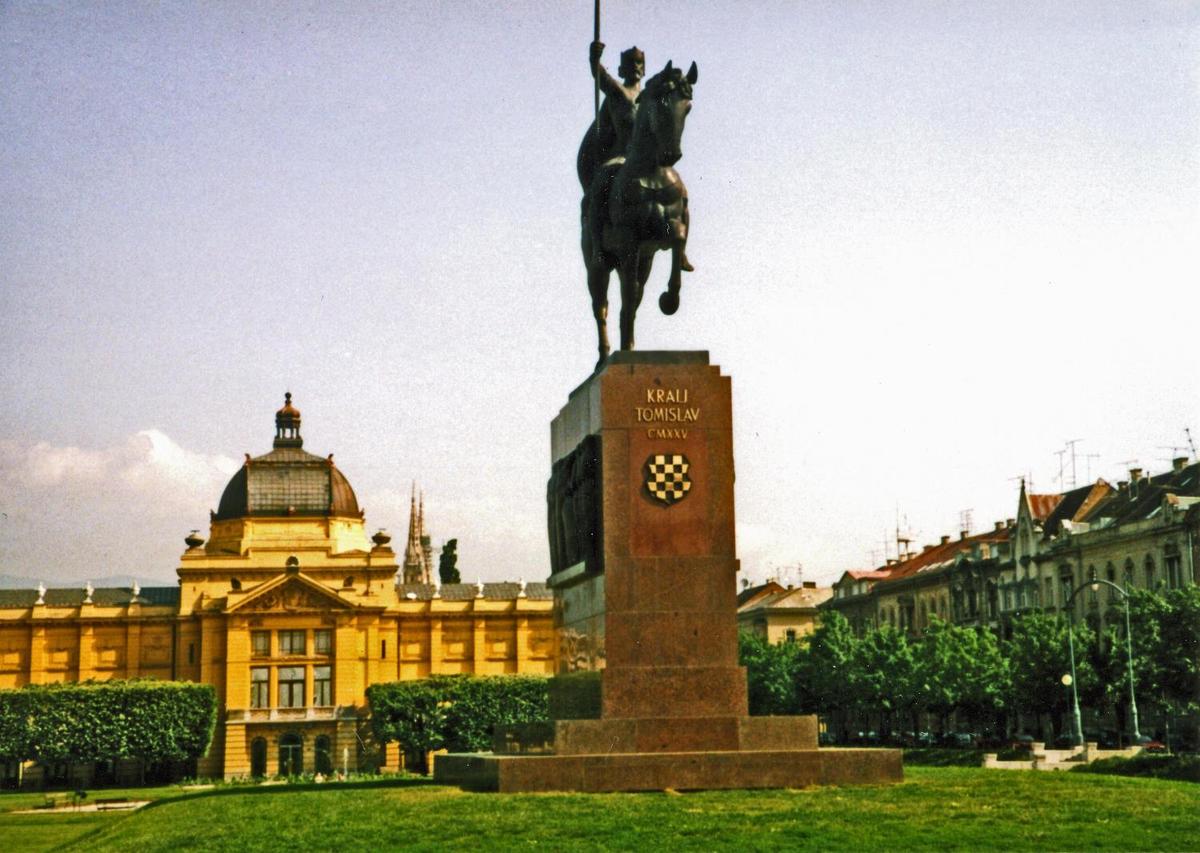
{"ops":[{"insert":"Statue of "},{"attributes":{"bold":true},"insert":"King Tomislav"},{"insert":" in his eponymous square in "},{"attributes":{"bold":true},"insert":"Zagreb"},{"insert":", the "},{"attributes":{"bold":true},"insert":"capital"},{"insert":". Tomislav reigned from 910 to 928, first as the Duke of Dalmatia and then as the first King of Croatia.\n"}]}
-
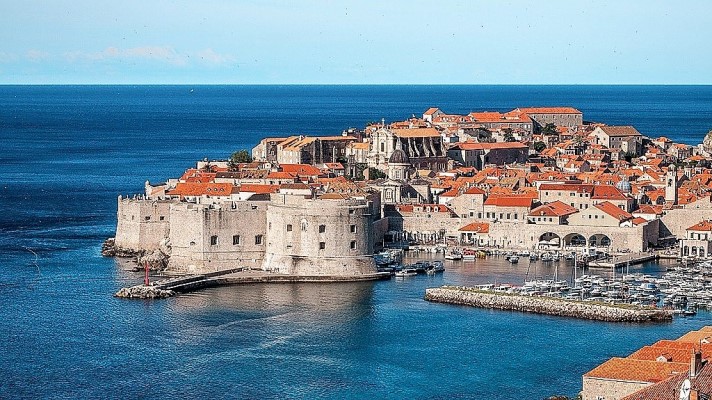
{"ops":[{"insert":"Close-up of the port of the city of "},{"attributes":{"bold":true},"insert":"Dubrovnik"},{"insert":", favorite tourist destination...\n"}]}
-
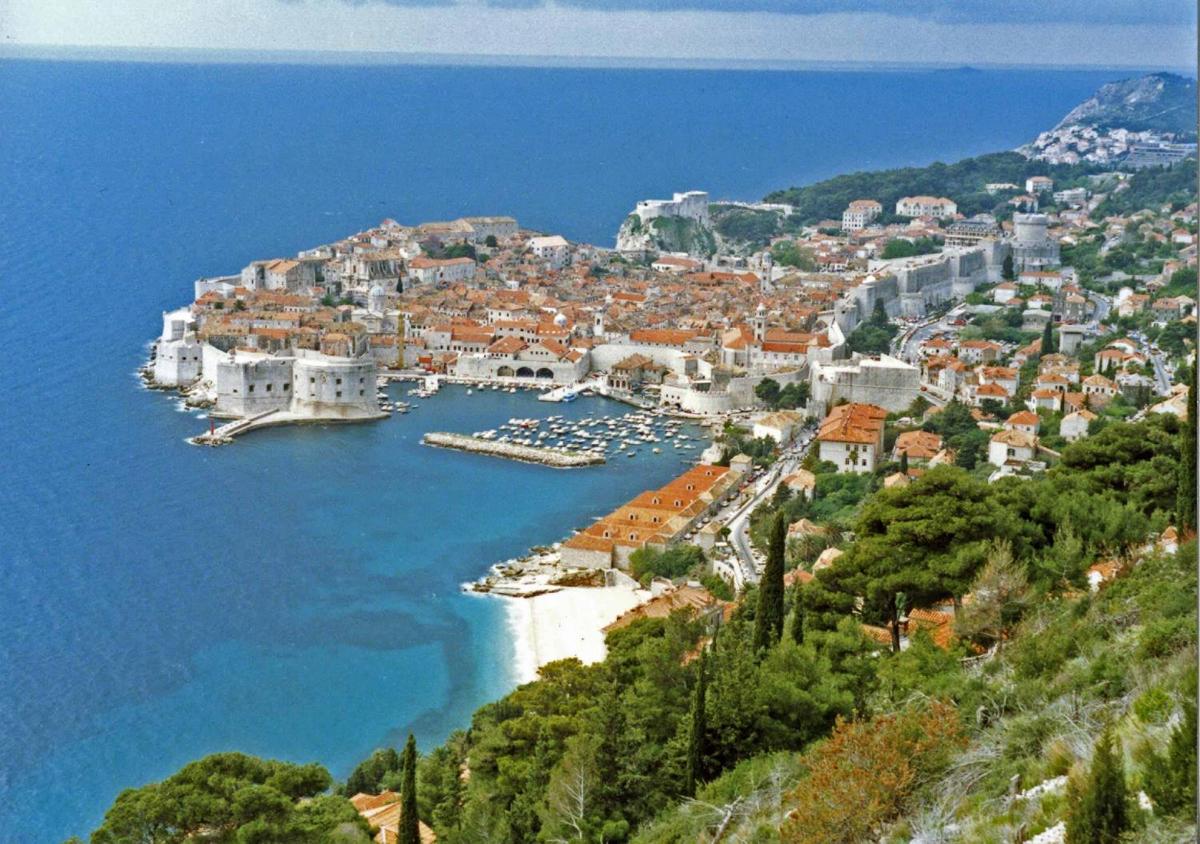
{"ops":[{"insert":"... wider look at the beautiful port city of Dubrovnik on the Adriatic Sea. During the Middle Ages this maritime city-state (then called "},{"attributes":{"bold":true},"insert":"Ragusa"},{"insert":") rivaled Venice for supremacy in the Adriatic. Walking along the crest of the massive walls that encircle most of Dubrovnik is an exhilarating, breathtaking experience. In 1979, the city became a "},{"attributes":{"italic":true},"insert":"UNESCO World Heritage Site"},{"insert":".\n"}]}
-
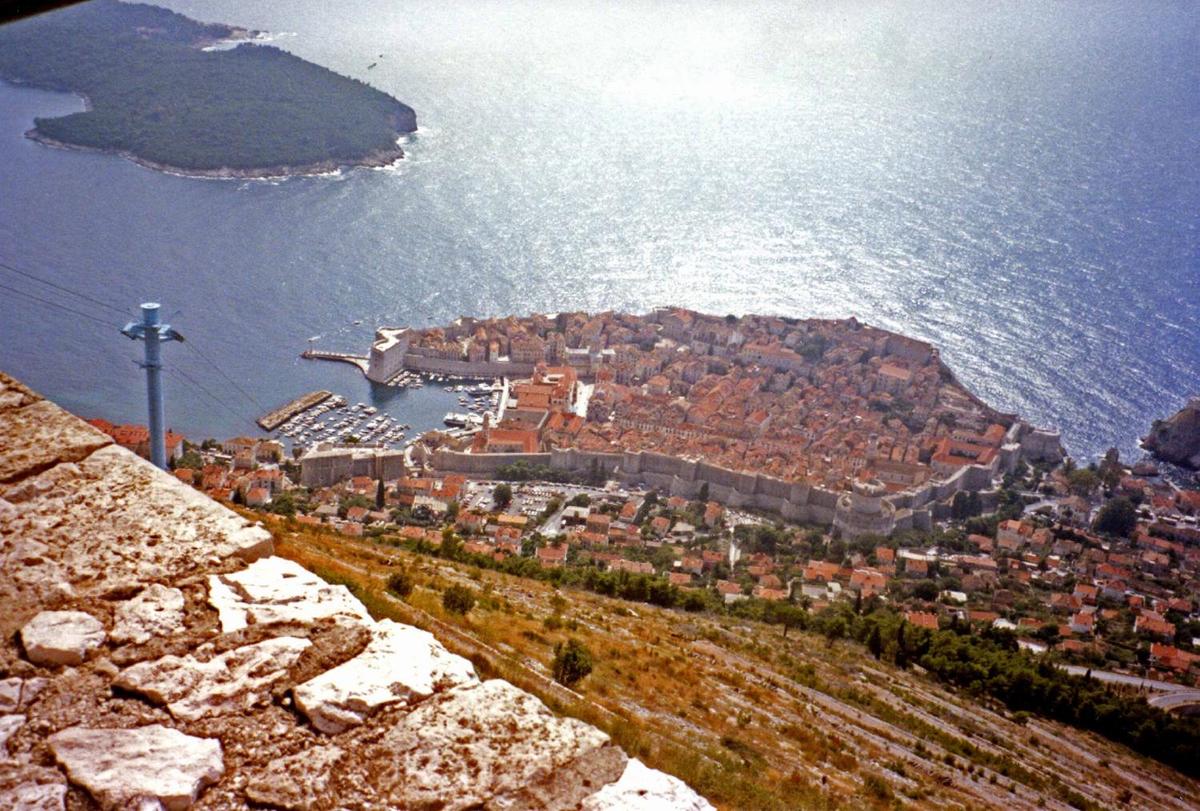
From a cliff overview, one can see the enormous walls and large harbor of old Dubrovnik.
-
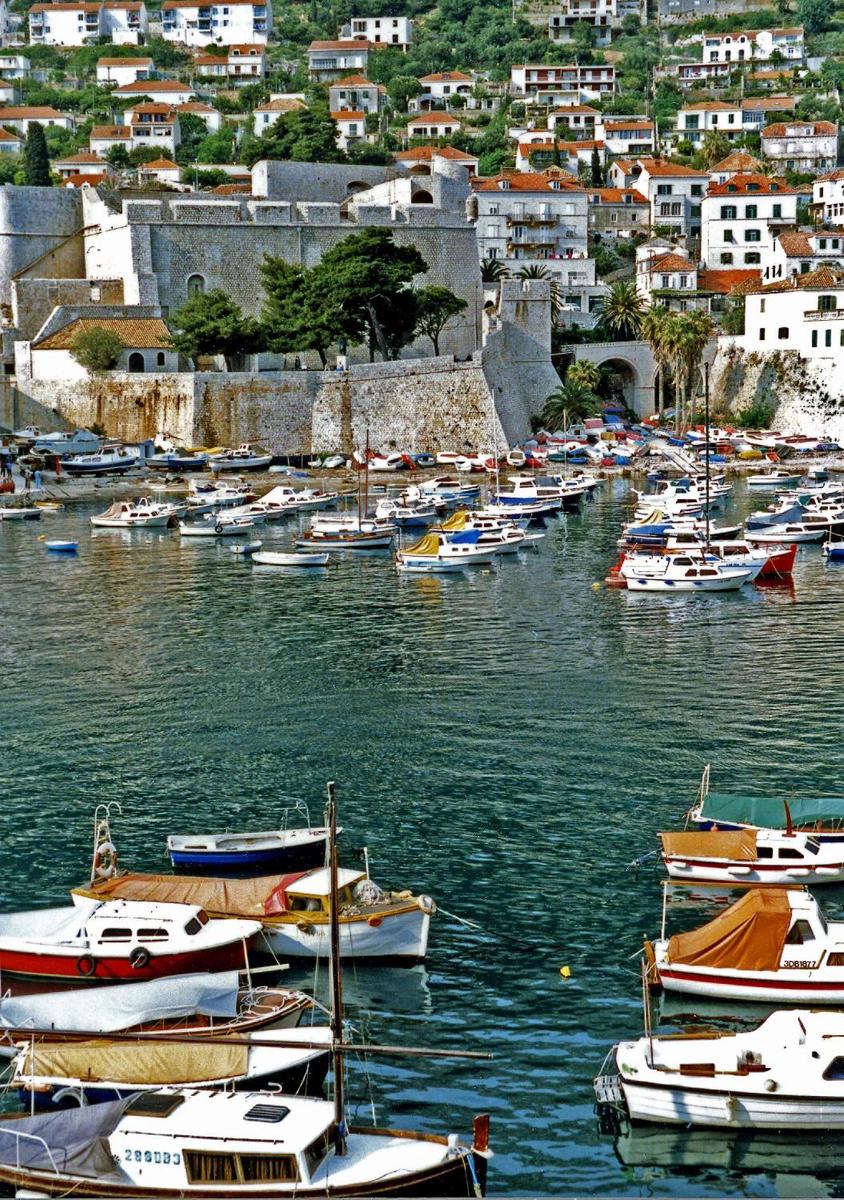
The inner harbor of Dubrovnik.
-
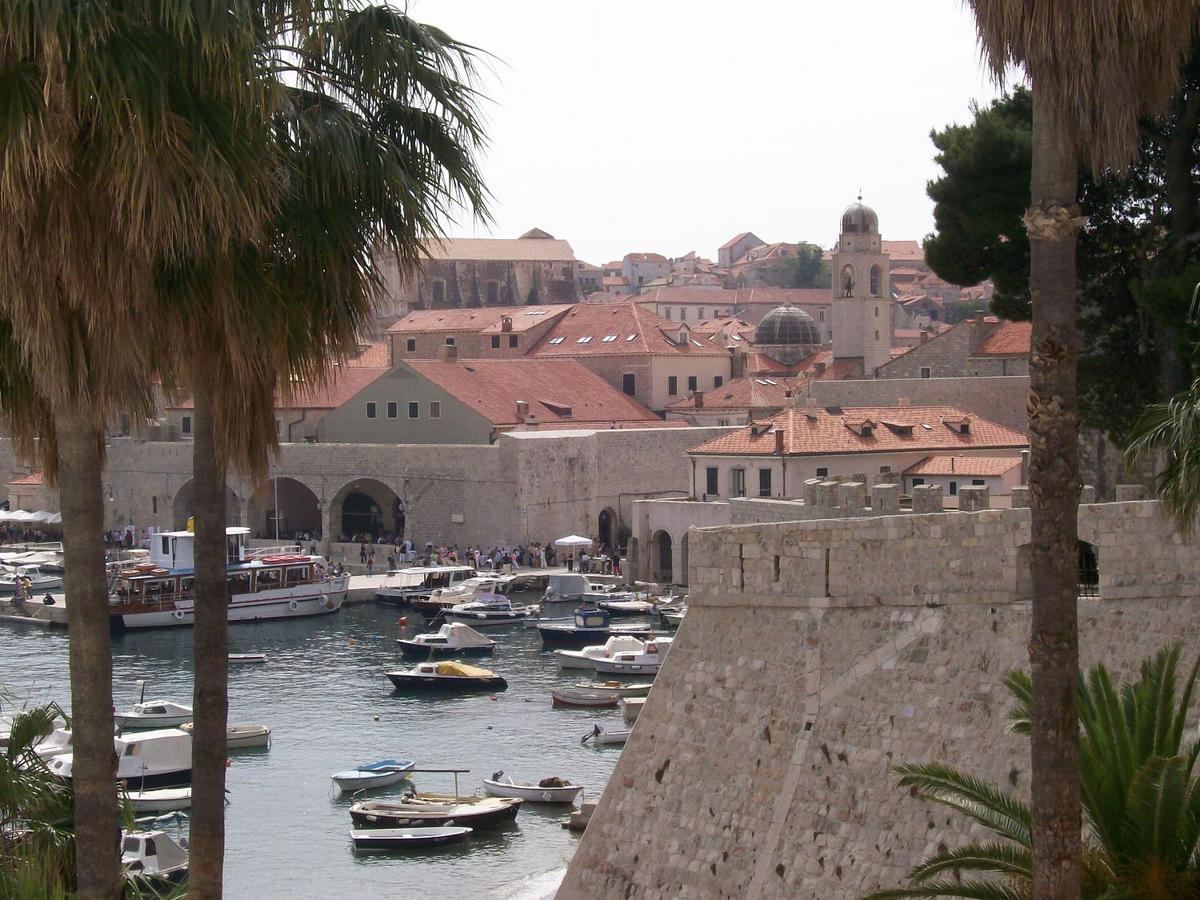
{"ops":[{"insert":"Dubrovnik harbor from outside the Old City.\n"}]}
-
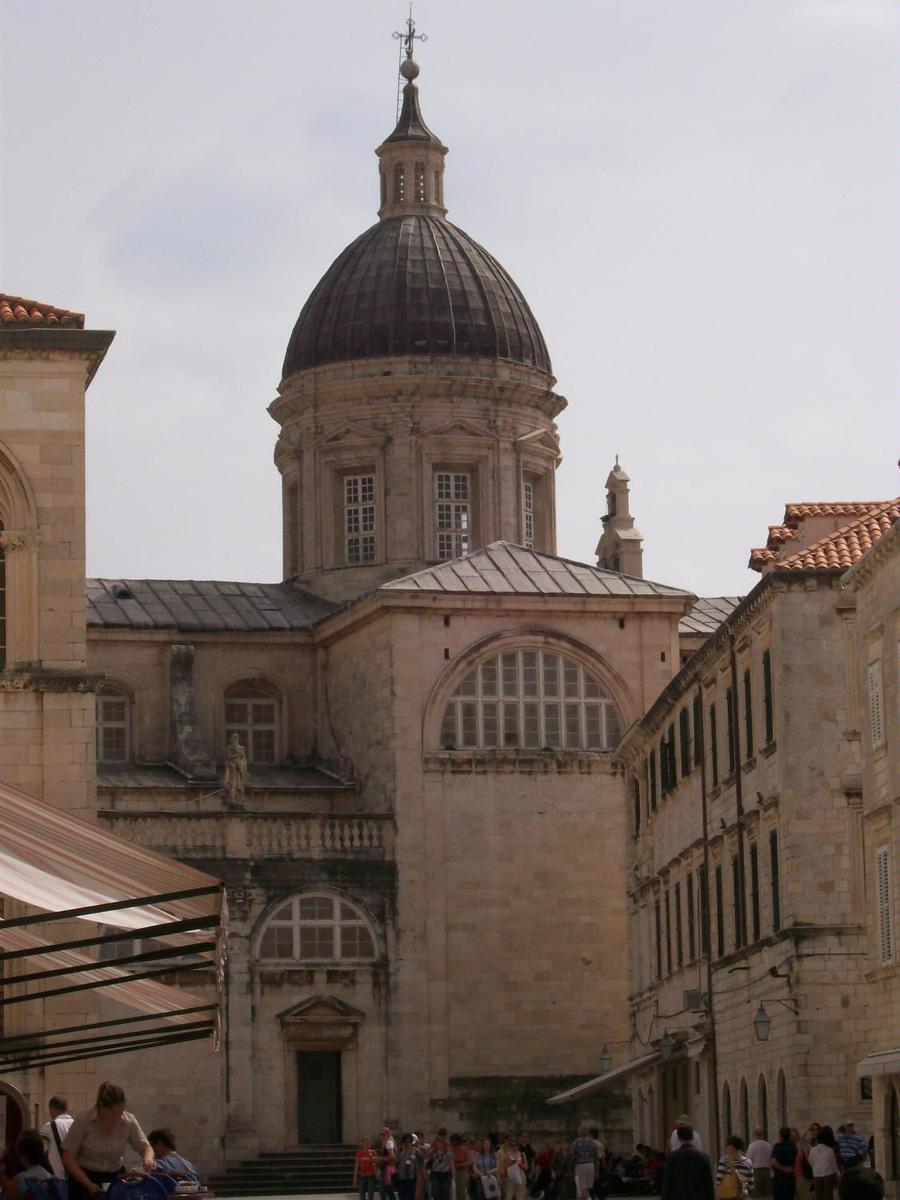
{"ops":[{"insert":"An antient "},{"attributes":{"bold":true},"insert":"cathedral "},{"insert":"within the city walls of Dubrovnik.\n"}]}
-
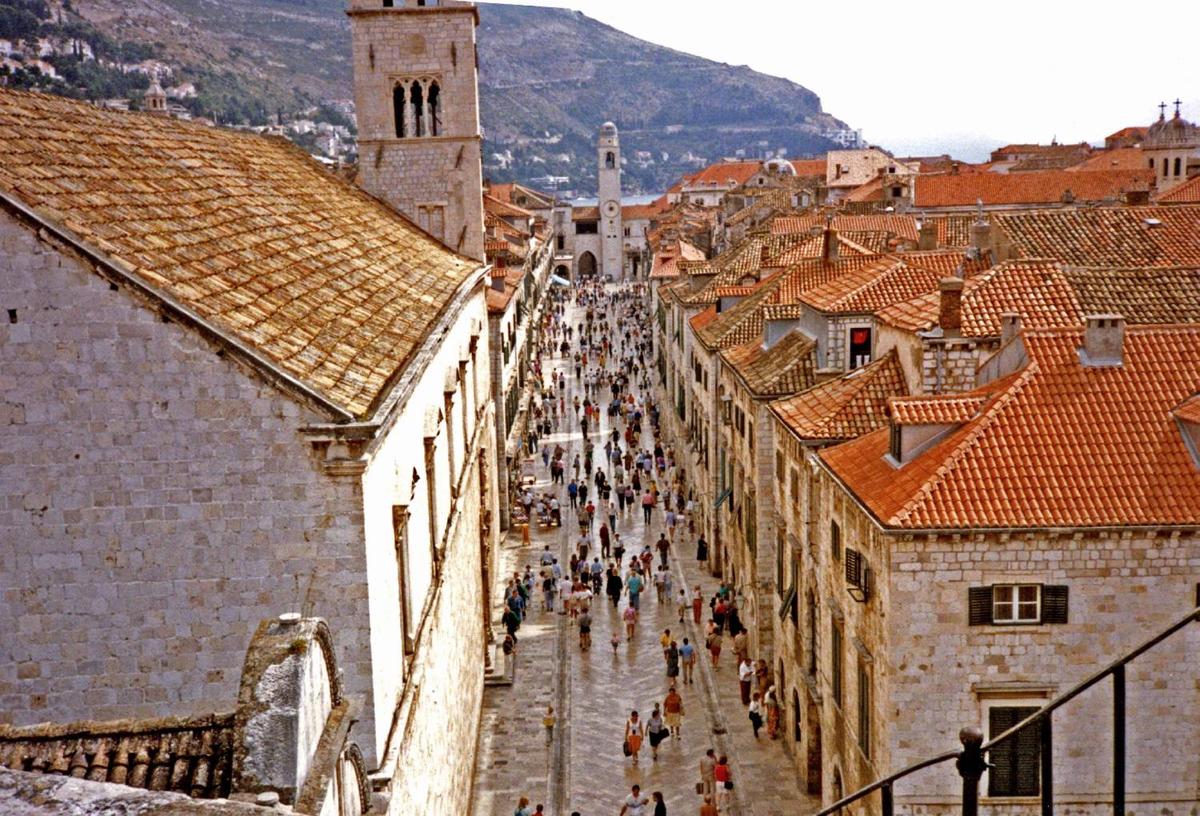
{"ops":[{"attributes":{"bold":true},"insert":"Stradun"},{"insert":", the main street of Dubrovnik.\n"}]}
-
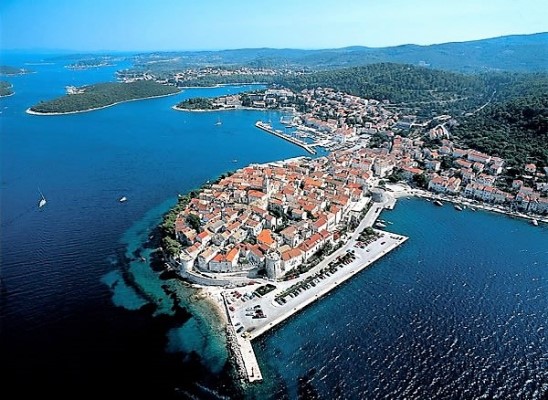
{"ops":[{"insert":"Island of "},{"attributes":{"bold":true},"insert":"Korcula "},{"insert":"is another favorite tourist destination. The island is forever linked to the legendary explorer "},{"attributes":{"bold":true},"insert":"Marco Polo"},{"attributes":{"color":"#0000ff","bold":true},"insert":"."},{"attributes":{"color":"#0000ff"},"insert":" "},{"insert":"Even though"},{"attributes":{"color":"#0000ff"},"insert":" "},{"insert":"there is no strong historic proof that Marco Polo was from Korcula, locals claim he was born here and are happy to tell you all about it. But it’s Korcula’s magnificent Old Town"},{"attributes":{"color":"#0000ff"},"insert":","},{"insert":" wonderful villages, beaches, terrific wine, rich island culture and being so close to Dubrovnik that draw thousands here. Lots of ferries and good island bus service too. Archeological findings here are amazing and accessible.\n"}]}
-
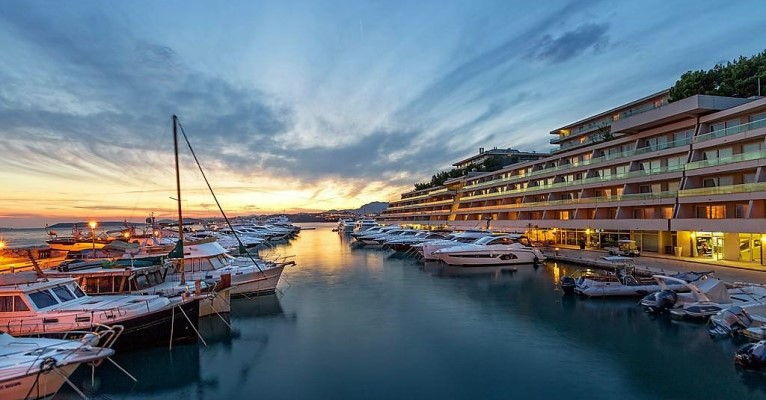
{"ops":[{"insert":"Hotel "},{"attributes":{"bold":true},"insert":"Le Meridien Lav"},{"insert":" is located in Podstrana, 8 km (6.5 miles) south of "},{"attributes":{"bold":true},"insert":"Split. "},{"insert":"It is surrounded by an outstanding award winning gardens and hosts a large hotel marina. The unique setting features 800 m (0.6 miles) of beach frontage with fantastic views overlooking the city and the nearby islands, making it a perfect (luxury) starting point to explore the Dalmatian coast.\n"}]}
-
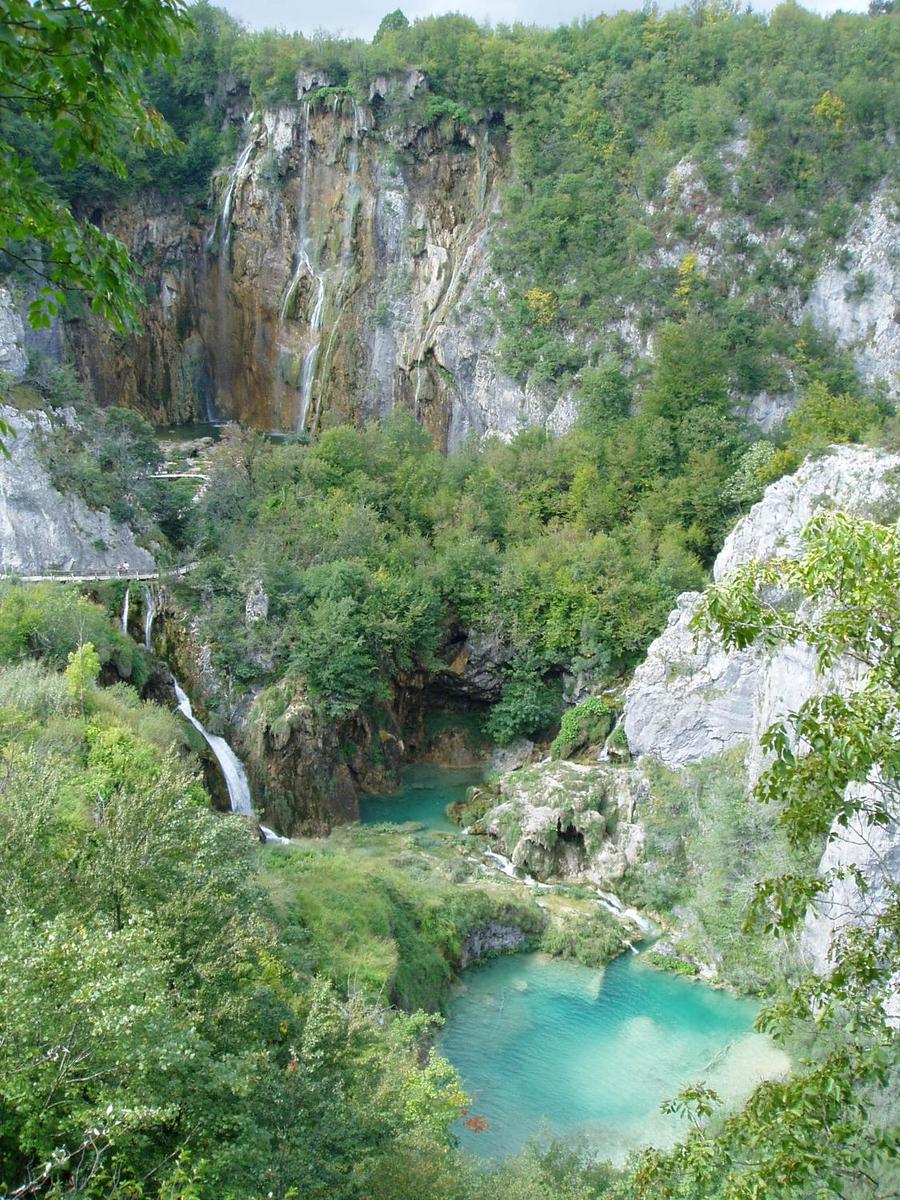
{"ops":[{"insert":"A view in "},{"attributes":{"bold":true},"insert":"Plitvice Lakes National Park"},{"insert":" looking down into the gorge where the largest waterfalls in the park - draining from one lake to the next - are located. The park has been added to the "},{"attributes":{"italic":true},"insert":"UNESCO World Heritage Register"},{"insert":".\n"}]}
-
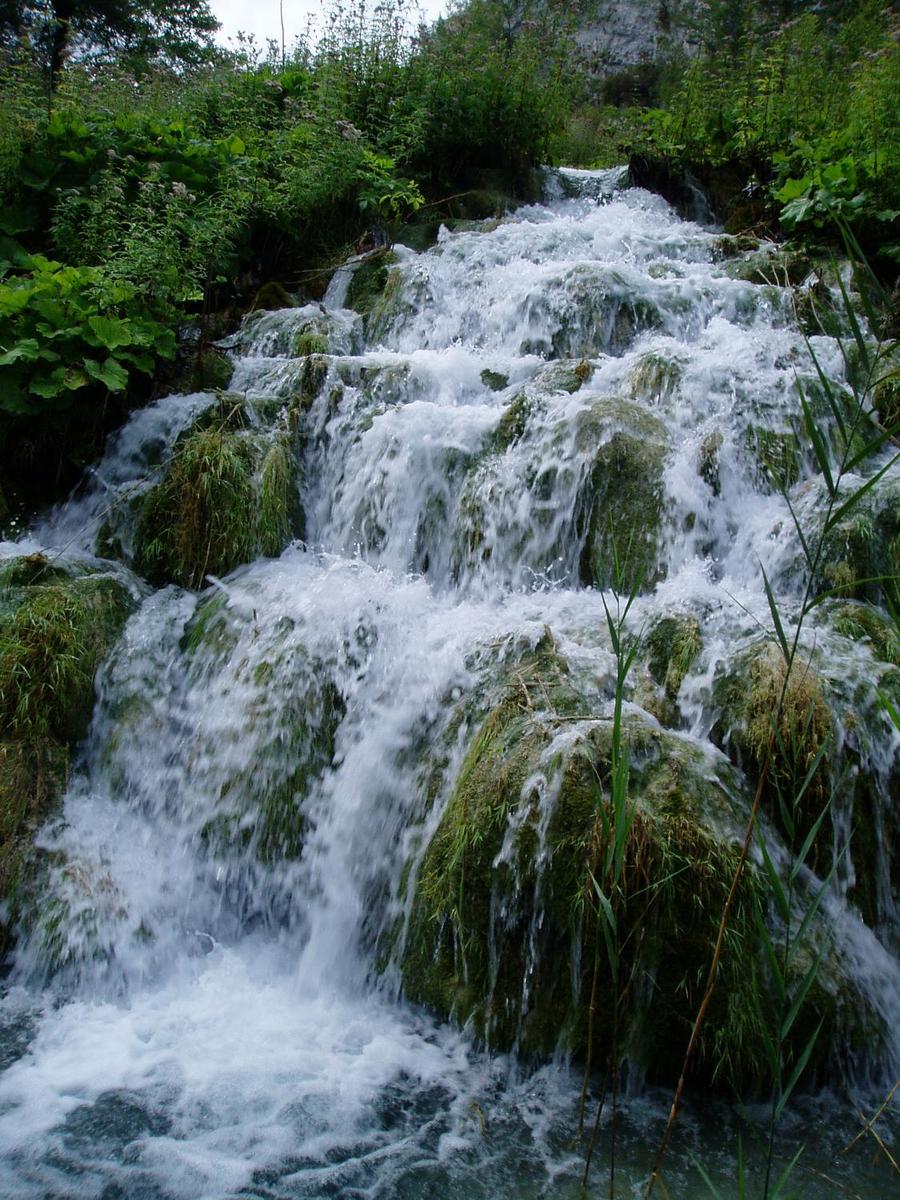
{"ops":[{"insert":"Close up of "},{"attributes":{"bold":true},"insert":"waterfalls "},{"insert":"in Plitvice Lakes National Park. The park is the largest and most popular of the eight national parks in Croatia and consists of "},{"attributes":{"italic":true},"insert":"16 lakes"},{"insert":" linked but separated by natural dams.\n"}]}
-
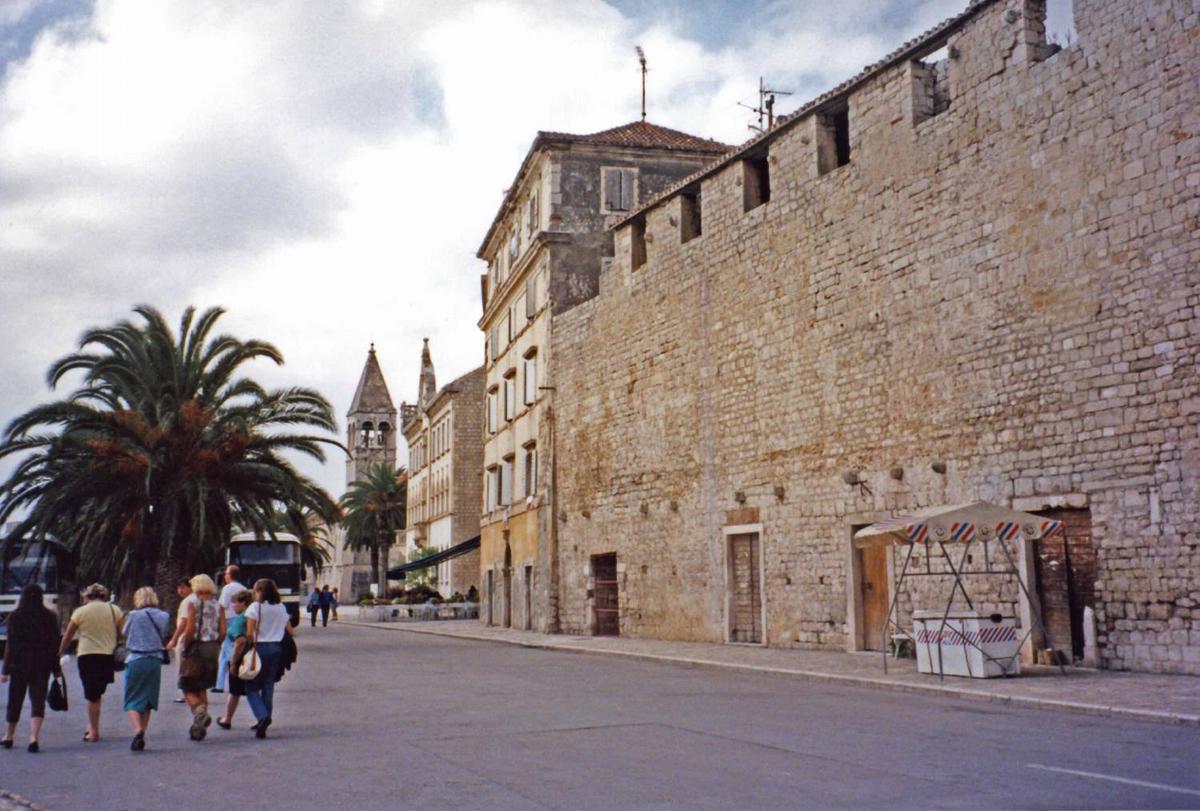
{"ops":[{"insert":"Outside the walls of historic "},{"attributes":{"bold":true},"insert":"Trogir"},{"insert":". The town's 2,300 years of continuous urban tradition (Greek, Roman, Venetian, Habsburg) have left a fascinating and unique concentration of palaces, churches, towers, and fortifications. In 1997, Trogir was inscribed onto the "},{"attributes":{"italic":true},"insert":"UNESCO"},{"insert":" list of "},{"attributes":{"italic":true},"insert":"World Heritage Sites"},{"insert":".\n"}]}
-
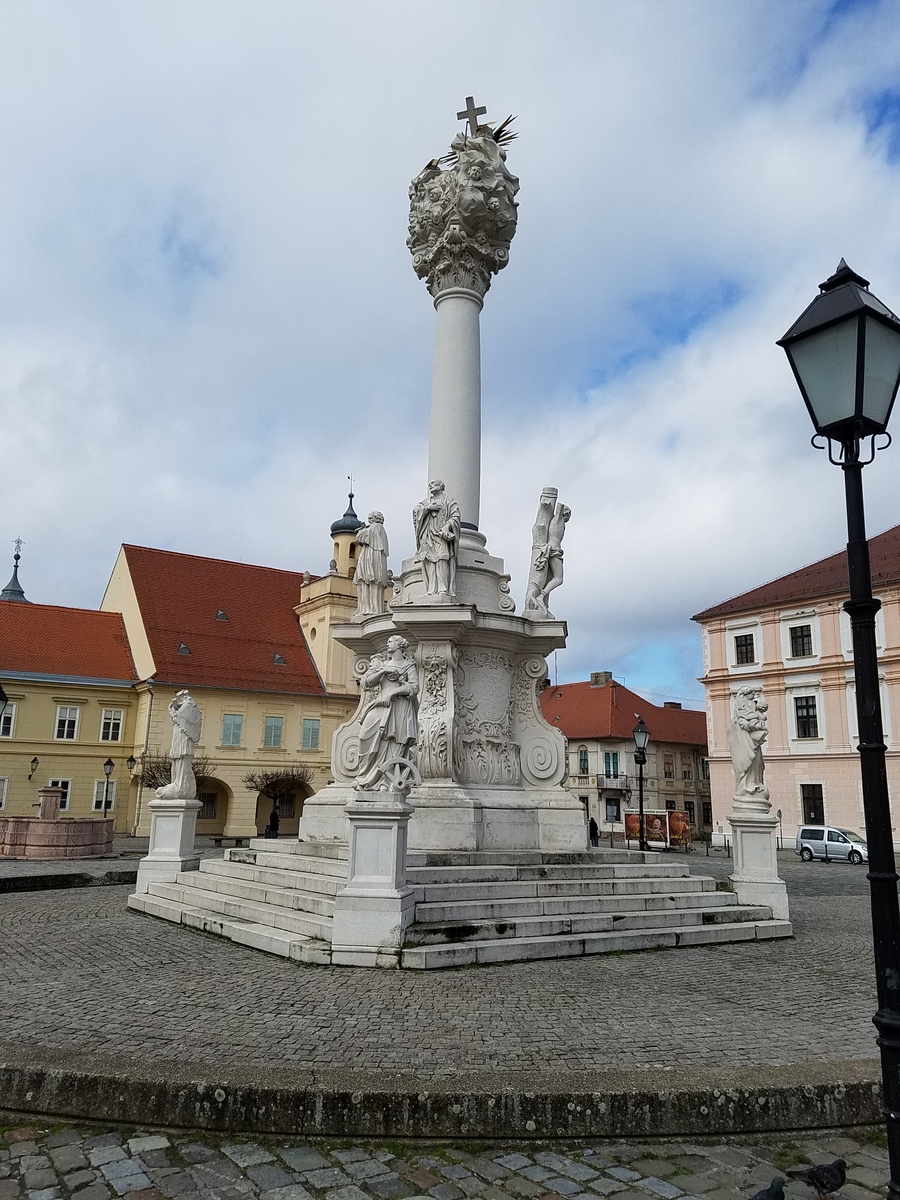
{"ops":[{"attributes":{"bold":true},"insert":"Osijek"},{"insert":", the largest city and economic capital of "},{"attributes":{"italic":true},"insert":"eastern Croatia"},{"insert":", lies on the the Drava River, 25 km upstream from the Danube. Its Old Town, referred to as "},{"attributes":{"bold":true},"insert":"Tvrđa"},{"insert":" (Tvrdja/Citadel), consists of a Habsburg-era fortress and has some of the best preserved "},{"attributes":{"bold":true},"insert":"baroque buildings"},{"insert":" in the country. The Holy Trinity column on the fort's main square dates to 1730 and was erected in thanksgiving for the lifting of a plague.\n"}]}
-
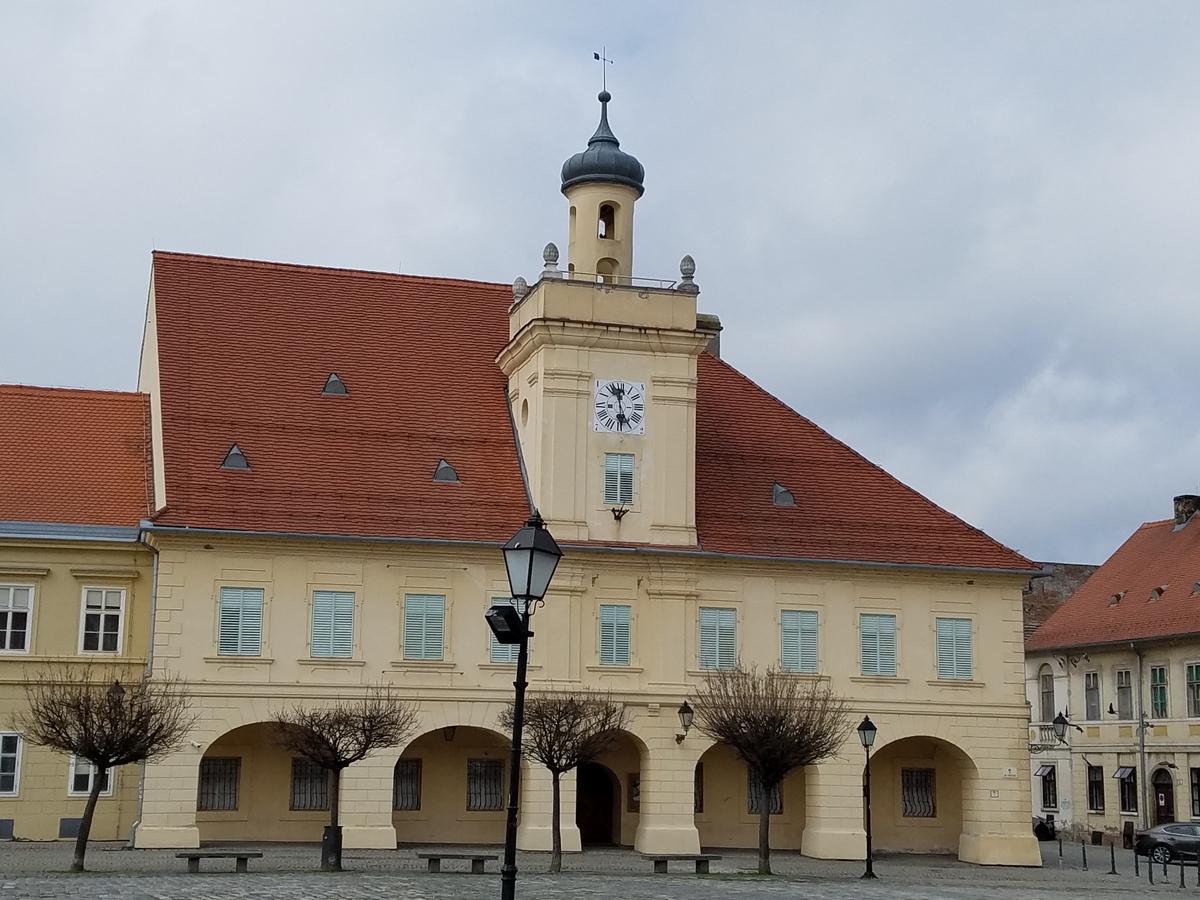
{"ops":[{"insert":"Osijek's former "},{"attributes":{"bold":true},"insert":"Guardhouse"},{"insert":", built in 1729, now hosts the city "},{"attributes":{"bold":true},"insert":"Archaeological Museum"},{"insert":".\n"}]}
-
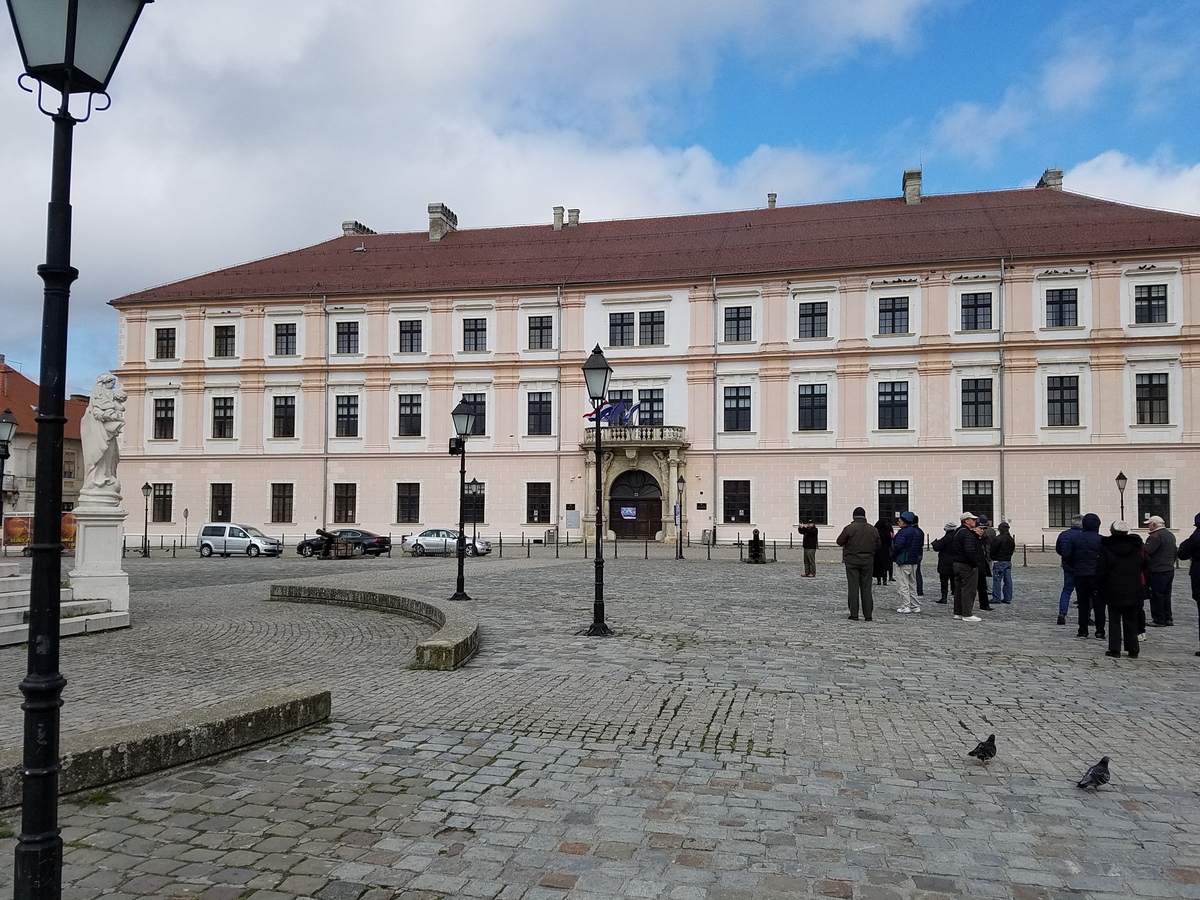
{"ops":[{"insert":"The"},{"attributes":{"bold":true},"insert":" Palace of the Slavonian General Command"},{"insert":" in Osijek is the former headquarters building for the "},{"attributes":{"bold":true},"insert":"Slavonian Military Frontier"},{"insert":" (part of the Habsburg Military Frontier "},{"attributes":{"italic":true},"insert":"guarding the border with Ottoman Empire"},{"insert":"). Constructed between "},{"attributes":{"bold":true},"insert":"1724"},{"insert":" and "},{"attributes":{"bold":true},"insert":"1726"},{"insert":", it is a synthesis of Renaissance and Baroque styles. Built on the orders of Prince Eugene of Savoy, it was the seat of the General Command between 1736 and 1786. From "},{"attributes":{"bold":true},"insert":"1736 "},{"insert":"to "},{"attributes":{"bold":true},"insert":"1745"},{"insert":", it was also the administrative seat for the "},{"attributes":{"bold":true},"insert":"Kingdom of Slavonia"},{"insert":". Today it serves as the office of the rector for the "},{"attributes":{"bold":true},"insert":"University of Osijek"},{"insert":". Located on the northern side of the Holy Trinity square in Tvrđa, it is one of the symbols of Osijek and Croatia and is featured on the reverse of the Croatian 200-kuna banknote.\n"}]}
-
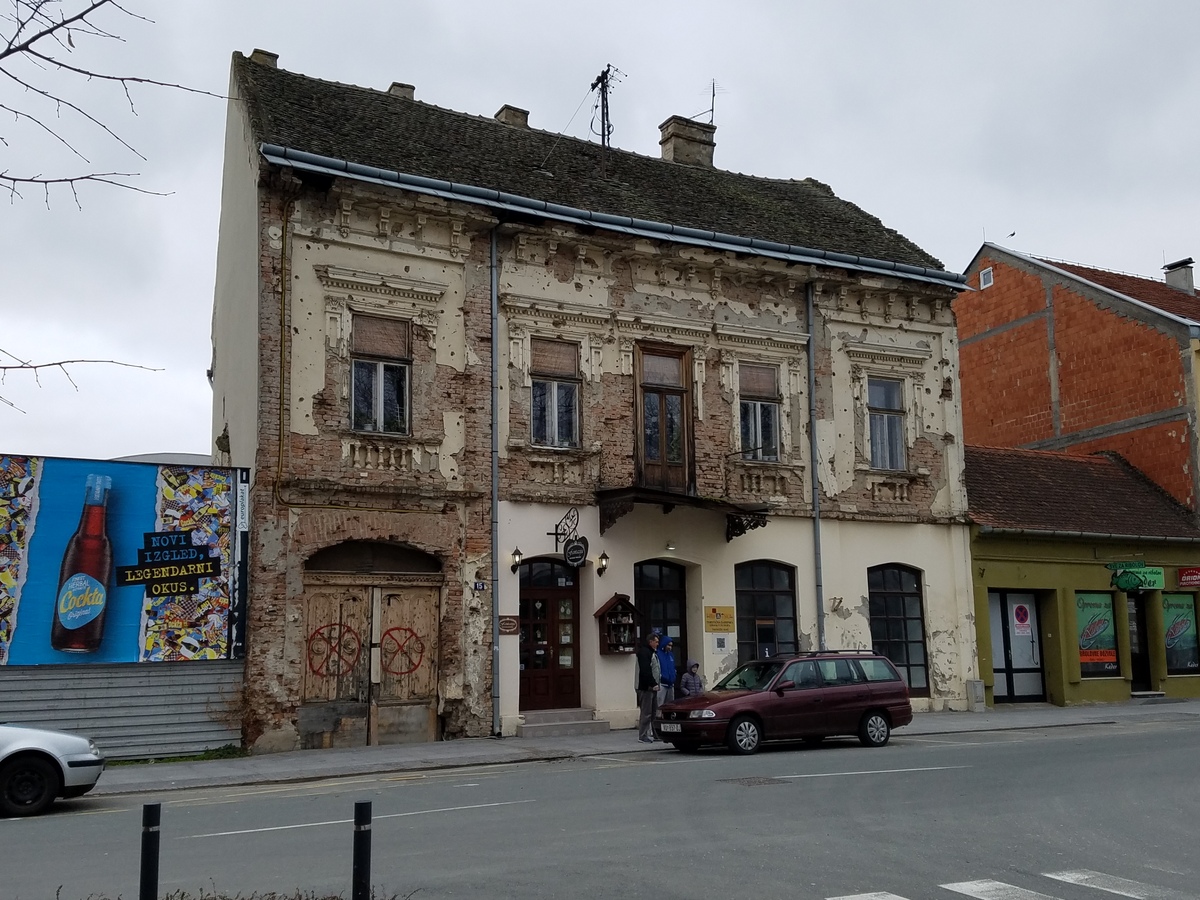
{"ops":[{"attributes":{"bold":true},"insert":"Vukovar"},{"insert":", on the confluence of the Vuka and Danube Rivers, is Croatia's "},{"attributes":{"bold":true},"insert":"largest river port"},{"insert":". The city was almost completely destroyed during an 87-day siege by Yugoslav forces and Serbian militias from August to November 1991 after Croatia declared its independence from Yugoslavia. The city has been largely rebuilt but certain buildings remain unrepaired as reminders of the fighting that resulted in 2,000 defenders killed, several hundred soldiers and civilians massacred after the city fell, and at least 20,000 inhabitants expelled. The fighting for Vukovar has been described as the worst in Europe since World War II; the city's population today is only about 60% of its pre-war total.\n"}]}
-
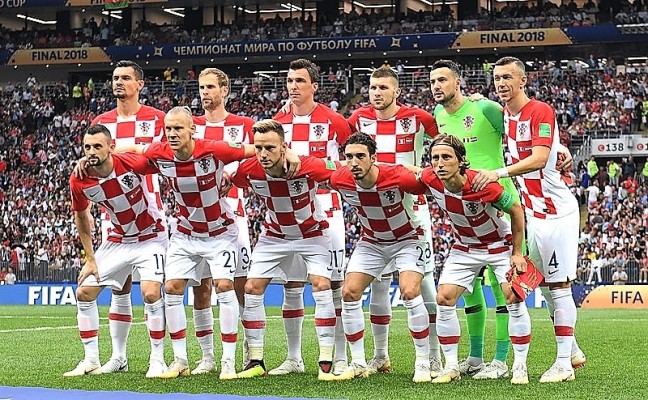
{"ops":[{"insert":"Croatia national football team came in "},{"attributes":{"bold":true},"insert":"second"},{"insert":" at the "},{"attributes":{"italic":true},"insert":"2018 World Soccer Cup"},{"insert":", held in Russia. Luka Modric, Croatia's captain took home the award for best player at the World Cup.\n"}]}
-
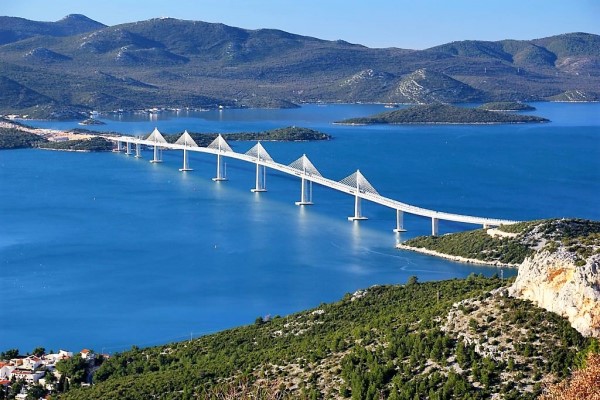
{"ops":[{"insert":"The new "},{"attributes":{"bold":true},"insert":"Peljesac bridge"},{"insert":" opened in July "},{"attributes":{"bold":true},"insert":"2022 "},{"insert":"in southern Croatia. It links mainland Croatia to the tourism-heavy Dubrovnik region. As the first ever major EU infrastructure project involving a Chinese company, it was being built by the China Road and Bridge Corporation (CRBC).\n"}]}
-
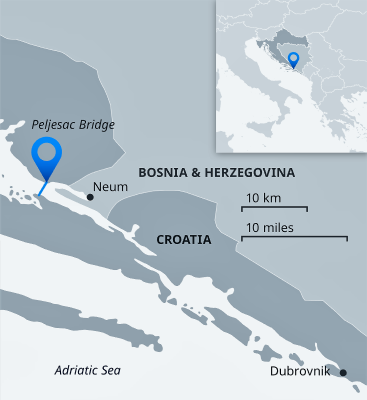
The Pelješac Bridge is a cable-stayed bridge in Dubrovnik-Neretva County, Croatia. The purpose of the bridge is to provide a fixed link from the southeastern Croatian semi-exclave to the rest of the country while bypassing Bosnia and Herzegovina's short coastal strip at Neum.
keyboard_arrow_up

